Cubic tailors mortar simulator for the US Army
The company’s mortar trainer received improvements based on soldier’s feedback.
Hawk 127 Fighter Jet at RAAF Base Pearce, Western Australia. (Photo: RAAF/Chris Kershaw)
The Australian government on 21 February announced a A$1.5 billion ($1.08 billion) contract extension for BAE Systems, enabling the Hawk 127 to continue as the lead-in fighter training aircraft for the RAAF until 2031.
‘A 951 Adour engine upgrade for the Australian fleet will be incorporated by 2025 and will align the aircraft with the UK Royal Air Force’s T2 Hawk aircraft,’ BAE Systems noted in a statement.
The company will also carry on providing MRO and supply chain services, as well as progressive upgrades of mission systems on the Hawk 127.
Shephard Defence Insight notes that the RAAF fleet of 33 Hawk 127s was upgraded from 2014 to 2019, involving local firms and international companies such as CAE and Cubic.
Improvements included a simulated radar, EW, digital mapping, a ground proximity warning system and traffic collision avoidance.
Hawk 127 Replacement (Future Lead-In Fighter Training System- Project Air 6002 PH1) [Australia]
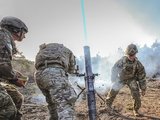
The company’s mortar trainer received improvements based on soldier’s feedback.
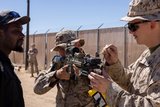
The company will operate in two new locations in the coming years to better support US services.

This type of tool provides more realistic training easing the incorporation of new scenarios that accurately represent the threats of the battlefield.
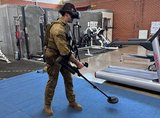
The Engineering Corps has been conducting individual instruction using FLAIM Systems’ Sweeper and should start collective deployments in 2025.
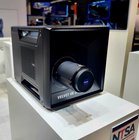
The next-generation platform is motion-compatible and can be used in OTW and NVG applications.
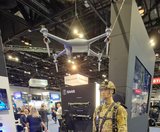
The system can be used to prepare soldiers for both drone offensive operations and CUAS missions.